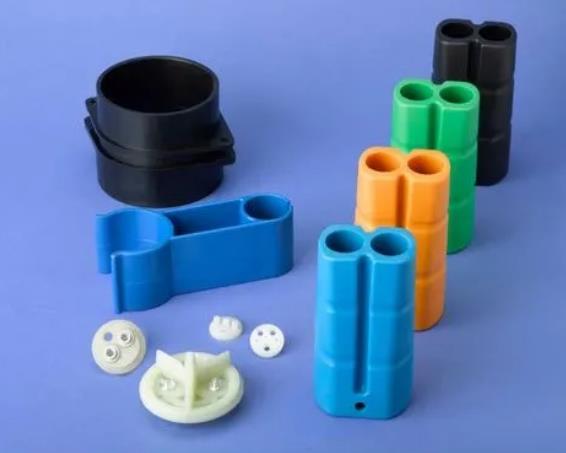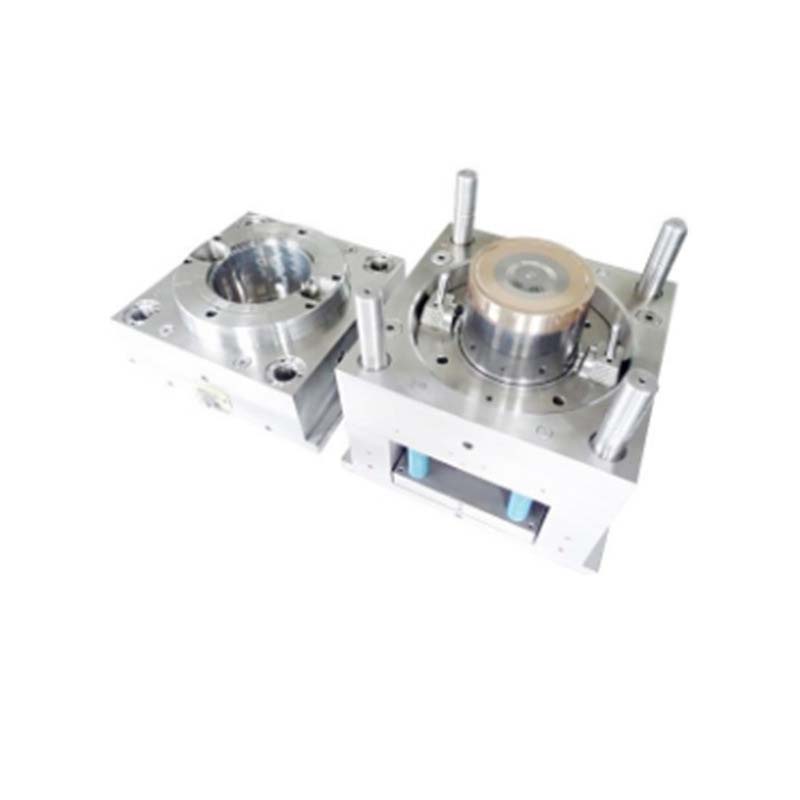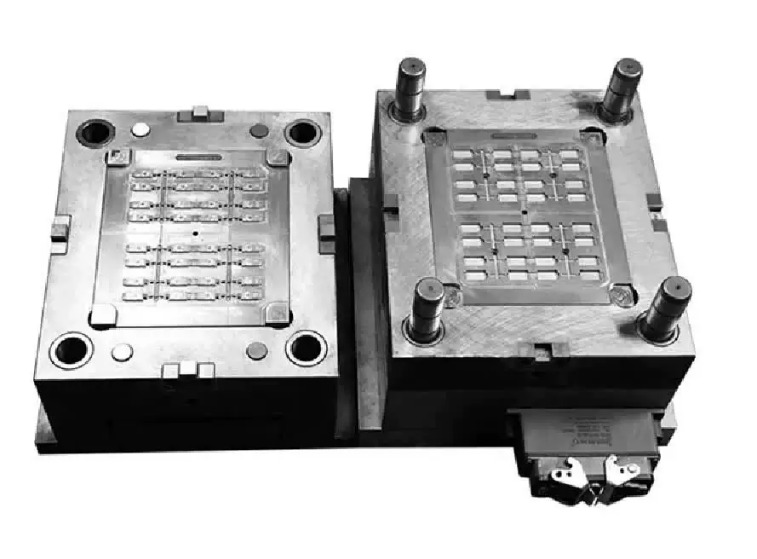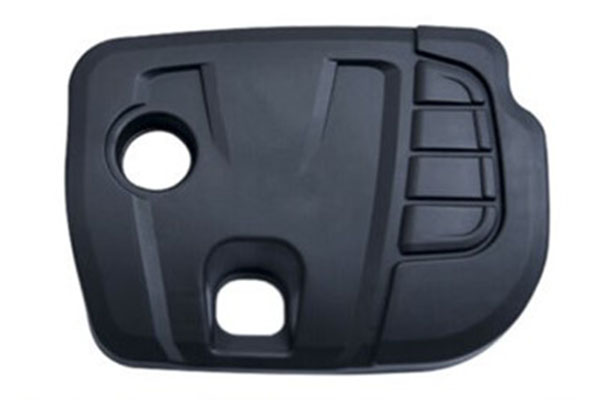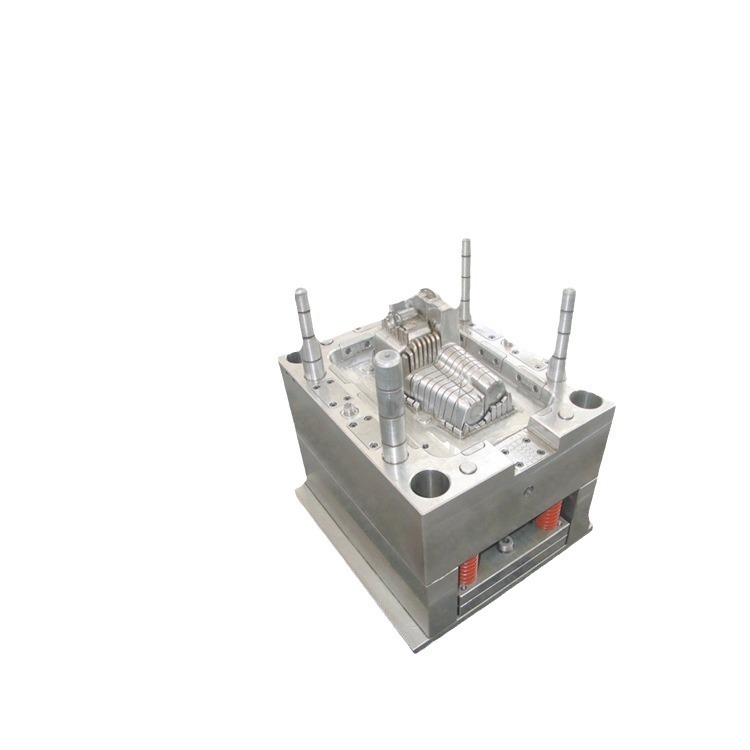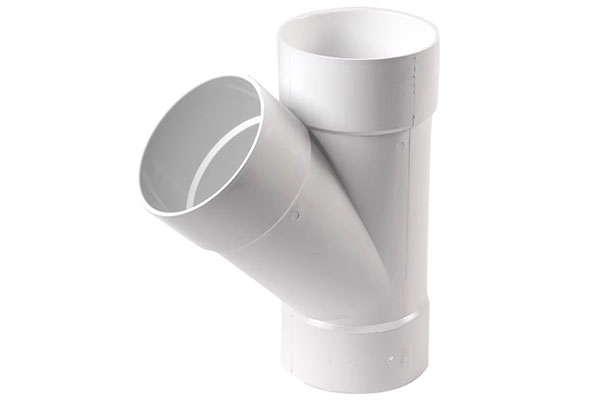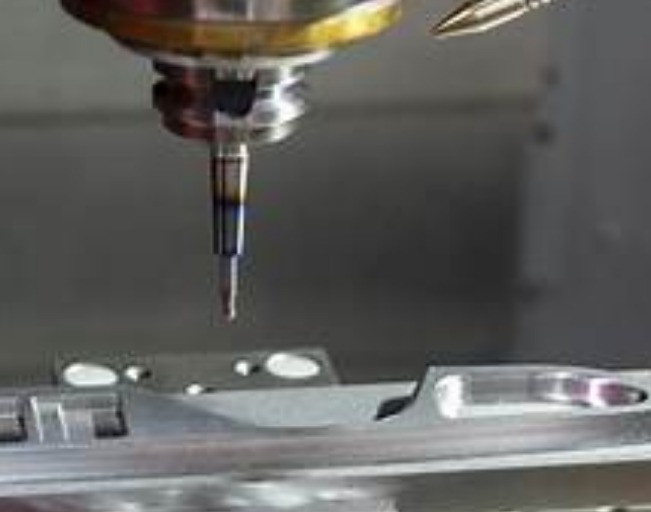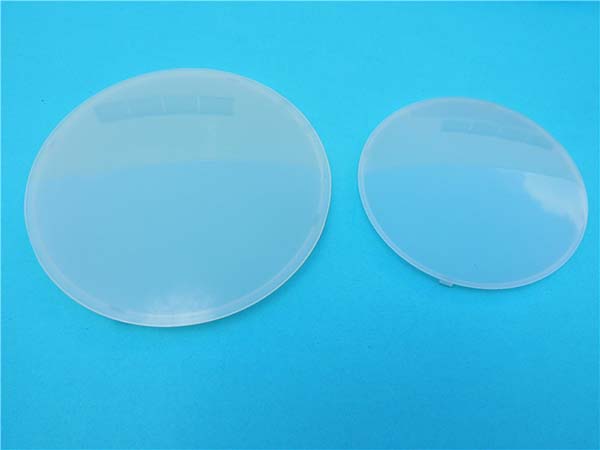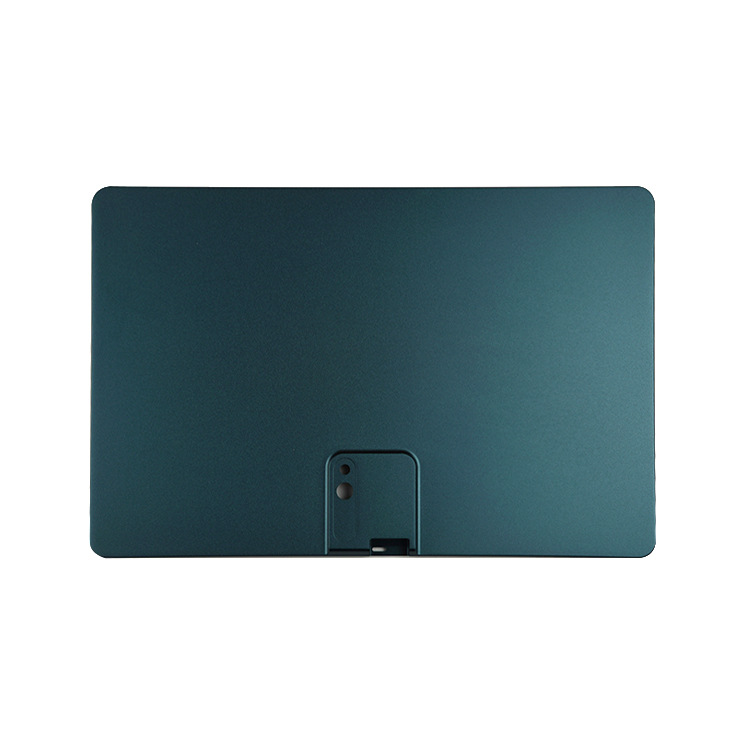Introduction
In the vast realm of modern manufacturing, Thermoplastic Injection Molding stands as a cornerstone technology. It is a process that has revolutionized the production of plastic components, making it possible to create intricate and high - precision parts with remarkable efficiency.
The significance of thermoplastic injection molding in manufacturing cannot be overstated. From the tiniest components in consumer electronics, such as the buttons on a remote control, to large - scale automotive parts like bumpers, this process plays a crucial role. In the consumer goods industry, it enables the mass - production of items like plastic utensils, toys, and storage containers at a low cost per unit. In the medical field, it is used to produce disposable syringes, medical device housings, and other critical components with strict quality and precision requirements.
However, mastering the thermoplastic injection molding process is no easy feat. There are numerous factors to consider, from the selection of the right thermoplastic material to the precise control of temperature, pressure, and time during the molding process. This comprehensive guide aims to demystify thermoplastic injection molding. Whether you are a novice engineer just starting to explore the world of plastics manufacturing or an experienced professional looking to enhance your skills, this article will provide you with in - depth knowledge, practical tips, and industry - proven strategies to help you master this essential manufacturing process.
The Basics of Thermoplastic Injection Molding
What is Thermoplastic Injection Molding?
Thermoplastic Injection Molding is a manufacturing process in which thermoplastic materials are heated to their melting point, transformed into a molten state, and then injected under high pressure into a precisely designed mold cavity. Once inside the mold, the molten plastic takes on the intricate shape of the cavity. As the plastic cools and solidifies, it retains this shape, and the final product is ejected from the mold.
This process is highly versatile, allowing for the creation of products with a wide range of shapes, sizes, and complexities. For example, in the production of small, intricate parts like the internal components of a smartphone, thermoplastic injection molding can achieve tight tolerances of up to ±0.05mm, ensuring a perfect fit within the device. On a larger scale, automotive manufacturers use this process to produce large plastic parts such as dashboard components, where the ability to create complex curves and large - surface - area structures is crucial.
The Injection Molding Process Step - by - Step
Step 1: Material Preparation
Selecting the appropriate thermoplastic material is the first crucial step. Different thermoplastics have distinct properties. For example, acrylonitrile butadiene styrene (ABS) is known for its high impact resistance, making it suitable for products like electronic device casings. Polypropylene (PP) has excellent chemical resistance and is often used in applications such as chemical storage containers. Once the material is chosen, it typically needs to be dried. Moisture in the plastic can cause defects in the final product, such as voids, surface blisters, or poor mechanical properties. For hygroscopic materials like nylon, the moisture content should be reduced to less than 0.1% before processing. This is usually achieved using a desiccant dryer, which can remove moisture by passing the plastic pellets through a bed of desiccant material.
Step 2: Mold Setup
The mold is carefully installed onto the injection molding machine. This involves aligning the mold with the machine's platens and securing it in place using bolts or clamps. Before starting the molding process, it is essential to check the mold for any signs of wear, damage, or misalignment. A precision - measuring instrument, such as a coordinate measuring machine (CMM), can be used to verify the mold's dimensions and ensure that all components, such as cores, cavities, and slides, are in their correct positions. The mold's moving parts, like ejector pins and slides, should be lubricated to ensure smooth operation. Any misalignment or improper lubrication can lead to issues such as uneven filling of the mold cavity, premature wear of the mold, or difficulty in ejecting the finished product.
Step 3: Injection
The selected thermoplastic material, in the form of pellets, is fed into the hopper of the injection molding machine. From there, it enters the heated barrel. As the screw rotates, it conveys the pellets forward while melting them through a combination of heat from the barrel heaters and shear forces generated by the screw. The molten plastic is then pushed towards the nozzle by the rotation of the screw. At the right moment, the injection process begins. High - pressure hydraulic cylinders are used to rapidly push the screw forward, injecting the molten plastic into the mold cavity through the sprue, runner system, and gate. The injection pressure and speed are critical parameters. For small, thin - walled parts, a higher injection speed of around 80 - 120 mm/s may be required to ensure complete filling of the cavity before the plastic starts to cool. The injection pressure can range from 50 - 200 MPa, depending on factors such as the complexity of the mold, the viscosity of the plastic, and the wall thickness of the part.
Step 4: Cooling
Once the mold cavity is filled with molten plastic, the cooling stage commences. Cooling channels are strategically designed within the mold to circulate a coolant, usually water or a water - glycol mixture. The temperature of the coolant and the flow rate through these channels are carefully controlled. For example, for a polycarbonate (PC) part, the mold temperature might be maintained at around 80 - 100°C, and the coolant temperature could be set at 20 - 30°C. The cooling time is also a crucial factor. Insufficient cooling can cause the part to deform when ejected from the mold due to its still - soft state. On the other hand, over - cooling can increase the cycle time and potentially lead to residual stresses in the part. The cooling time is typically calculated based on the thickness of the part. A general rule of thumb is that for every 1 mm of part thickness, the cooling time can range from 2 - 5 seconds, but this can vary depending on the plastic material and the mold design.
Step 5: Ejection
After the plastic has cooled and solidified sufficiently, the mold opens, and the ejection system comes into action. Ejector pins, which are located within the mold, are pushed forward by the injection molding machine's ejector mechanism. These pins exert a force on the part, pushing it out of the mold cavity. To prevent the part from being damaged or deformed during ejection, the ejector pins should be evenly distributed across the part's surface, especially in areas where the part may have a tendency to stick to the mold, such as undercuts or areas with complex geometries. The force applied by the ejector pins should also be carefully controlled. Too much force can cause the part to crack or break, while too little force may result in the part remaining stuck in the mold. In some cases, air ejection can be used in addition to ejector pins to help remove the part more smoothly, especially for large, flat parts where it may be difficult to ensure uniform ejection with just pins.
Factors Affecting the Quality of Injection - Molded Products
Material Properties
The properties of thermoplastic materials play a pivotal role in determining the quality of injection - molded products. Shrinkage rate is one such crucial property. Different thermoplastics have varying shrinkage rates during the cooling and solidification process. For example, polyethylene (PE) typically has a relatively high shrinkage rate, in the range of 1.5% - 3.0%. This means that a part made from PE will contract significantly as it cools, and if not accounted for in the mold design, it can lead to dimensional inaccuracies. A high - precision part with tight tolerances may be distorted or have incorrect dimensions if the shrinkage rate of the chosen PE material is not properly compensated for.
Liquidity is another key factor. Materials like polystyrene (PS) have good flowability, allowing the molten plastic to easily fill complex mold cavities. This is beneficial for producing intricate parts with fine details. On the other hand, engineering plastics such as polyetheretherketone (PEEK) have a relatively low flowability. While PEEK offers excellent mechanical and thermal properties, its poor flowability requires higher injection pressures and careful mold design to ensure complete filling of the mold. If the flowability of the material is not considered, it can result in incomplete filling of the mold, leading to product defects such as voids or short - shots.
The strength of the thermoplastic material also impacts the final product quality. Nylon, for instance, is known for its high tensile strength and toughness. It is often used in applications where the part needs to withstand mechanical stress, such as in automotive engine components or industrial gears. If a lower - strength material is used in these applications, the product may fail under normal operating conditions, compromising its reliability and safety.
Processing Parameters
The processing parameters in thermoplastic injection molding have a direct and significant impact on the quality of the final product. Here is a detailed look at how some key parameters affect the product:
| Parameter | Low Setting | High Setting |
| Injection pressure | May result in incomplete filling of the mold, leading to short - shots. The product may have voids or missing sections. For example, when molding a small, intricate plastic part, a low injection pressure of 50 MPa might not be sufficient to push the molten plastic into all the corners of the mold cavity. | Can cause excessive flash or burrs around the product edges. High pressures, say 200 MPa, can force the plastic to leak through small gaps in the mold, creating unwanted excess material. It may also lead to high internal stresses in the product, which can cause cracking or warping during or after ejection. |
| Injection speed | Slow injection speeds can cause the plastic to cool prematurely before fully filling the mold. This can result in a rough surface finish, visible flow lines, and potential fusion defects. In a large, flat - surface part, a slow injection speed of 20 mm/s might cause the plastic to cool unevenly, leading to a non - uniform surface. | Fast injection speeds can generate high shear forces, which may cause the plastic to degrade or burn. It can also trap air inside the mold, creating voids or bubbles in the product. An extremely fast injection speed of 150 mm/s for a thin - walled part could cause the plastic to overheat and decompose. |
| Temperature | If the barrel temperature is too low, the plastic may not be fully melted, leading to inconsistent flow and poor product quality. The product may have a mottled appearance, and mechanical properties may be compromised. For a heat - resistant plastic like polycarbonate (PC), a barrel temperature set too low, around 200°C instead of the recommended 250 - 300°C, can result in unmelted PC particles in the final product. | High temperatures can cause the plastic to degrade, lose its mechanical properties, and change color. In the case of ABS, if the temperature is too high, around 300°C (well above its normal processing range of 200 - 250°C), the material may turn yellow or brown and become brittle. |
| Holding pressure time | Short - term pressure holding may cause the product to shrink or have sink marks, especially in thick - walled areas. A product with a thick section and a short - term pressure holding time of 5 seconds may not be properly filled, resulting in a depression on the surface. | Long - term pressure holding can increase the internal stress of the product, making it more prone to cracking or deformation. If the pressure holding time is extended to 60 seconds for a small, delicate part, it may cause excessive stress and lead to cracking. |
Mold Design
The mold design is a critical factor in determining both the quality of the injection - molded product and the production efficiency. The Mold structure is of utmost importance. A well - designed mold should have proper alignment and tight - fitting components to prevent flash formation. For example, in a two - plate mold, the alignment of the fixed and movable mold plates is crucial. If they are misaligned even slightly, molten plastic can seep through the gaps, creating flash around the edges of the product.
Gate design is another key aspect. The size, shape, and location of the gate can significantly affect the flow of the molten plastic into the mold cavity. A small gate may restrict the flow of plastic, leading to high shear rates and potential material degradation. On the other hand, a large gate may cause problems with the separation of the product from the runner system after molding. The gate location also impacts the distribution of the plastic within the cavity. For a complex - shaped part, an improper gate location can result in uneven filling, leading to warping or other defects.
The Cooling system in the mold is essential for efficient production and high - quality products. An efficient cooling system, like the one in the innovative mold patented by Jiangsu Rongtai Mould Co., Ltd., can rapidly remove heat from the molten plastic, reducing the cooling time and thus increasing the production cycle. It also helps in ensuring uniform cooling of the product, which is crucial for minimizing internal stresses and preventing warping. If the cooling channels are not properly designed or if the coolant flow rate is insufficient, the product may cool unevenly. For a large, flat - panel product, uneven cooling can cause it to warp, making it unusable.
Yigu Technology's Perspective
As a non - standard plastic metal products custom Supplier, Yigu Technology has extensive experience in thermoplastic injection molding. We understand that the key to successful thermoplastic injection molding lies in three main aspects: material selection, mold design, and process control.
When it comes to material selection, we carefully analyze the specific requirements of each project. Whether it's the need for high - strength materials for industrial applications or materials with excellent aesthetics for consumer products, we choose the most suitable thermoplastics. For example, for parts that require high - temperature resistance, we might select materials like polyetherimide (PEI).
Our approach to mold design is highly meticulous. We use advanced CAD/CAM software to design molds with precision, ensuring that every detail of the mold cavity is optimized for the best possible product quality. This includes designing the gate location and size to ensure uniform plastic flow and prevent defects.
In terms of process control, we have a team of skilled technicians who closely monitor every stage of the injection molding process. We strictly control parameters such as temperature, pressure, and time to ensure the stability and consistency of product quality. We are also committed to providing customized solutions for our customers. Whether it's a small - batch production of high - precision parts or a large - scale production of standard components, we work closely with our customers to meet their unique needs and ensure that the final products meet the highest standards of quality and precision.
